Hikvision DS-2TD6267-75C4L Manual
Læs gratis den danske manual til Hikvision DS-2TD6267-75C4L (112 sider) i kategorien Overvågningskamera. Denne vejledning er vurderet som hjælpsom af 5 personer og har en gennemsnitlig bedømmelse på 4.0 stjerner ud af 3 anmeldelser.
Har du et spørgsmål om Hikvision DS-2TD6267-75C4L, eller vil du spørge andre brugere om produktet?

Produkt Specifikationer
| Mærke: | Hikvision |
| Kategori: | Overvågningskamera |
| Model: | DS-2TD6267-75C4L |
Har du brug for hjælp?
Hvis du har brug for hjælp til Hikvision DS-2TD6267-75C4L stil et spørgsmål nedenfor, og andre brugere vil svare dig
Overvågningskamera Hikvision Manualer
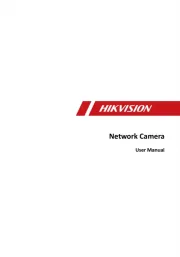
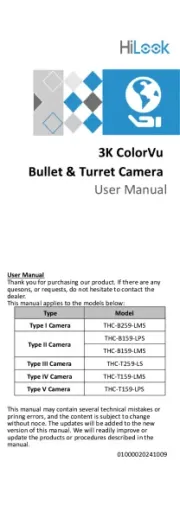
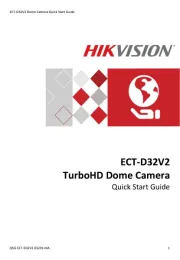
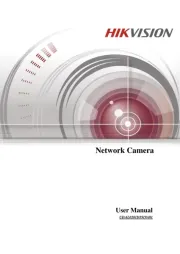
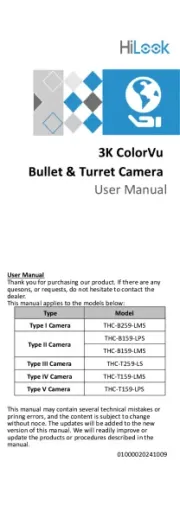
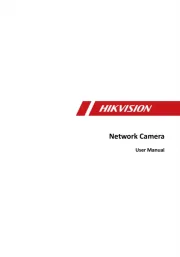



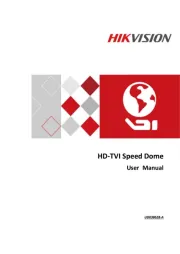
Overvågningskamera Manualer
- Canyon
- IBaby
- JUNG
- Lumens
- Metra
- Tellur
- Ipevo
- Pentatech
- Tenda
- Kguard
- Clas Ohlson
- Tecno
- Zmodo
- Security Labs
- Nedis
Nyeste Overvågningskamera Manualer









